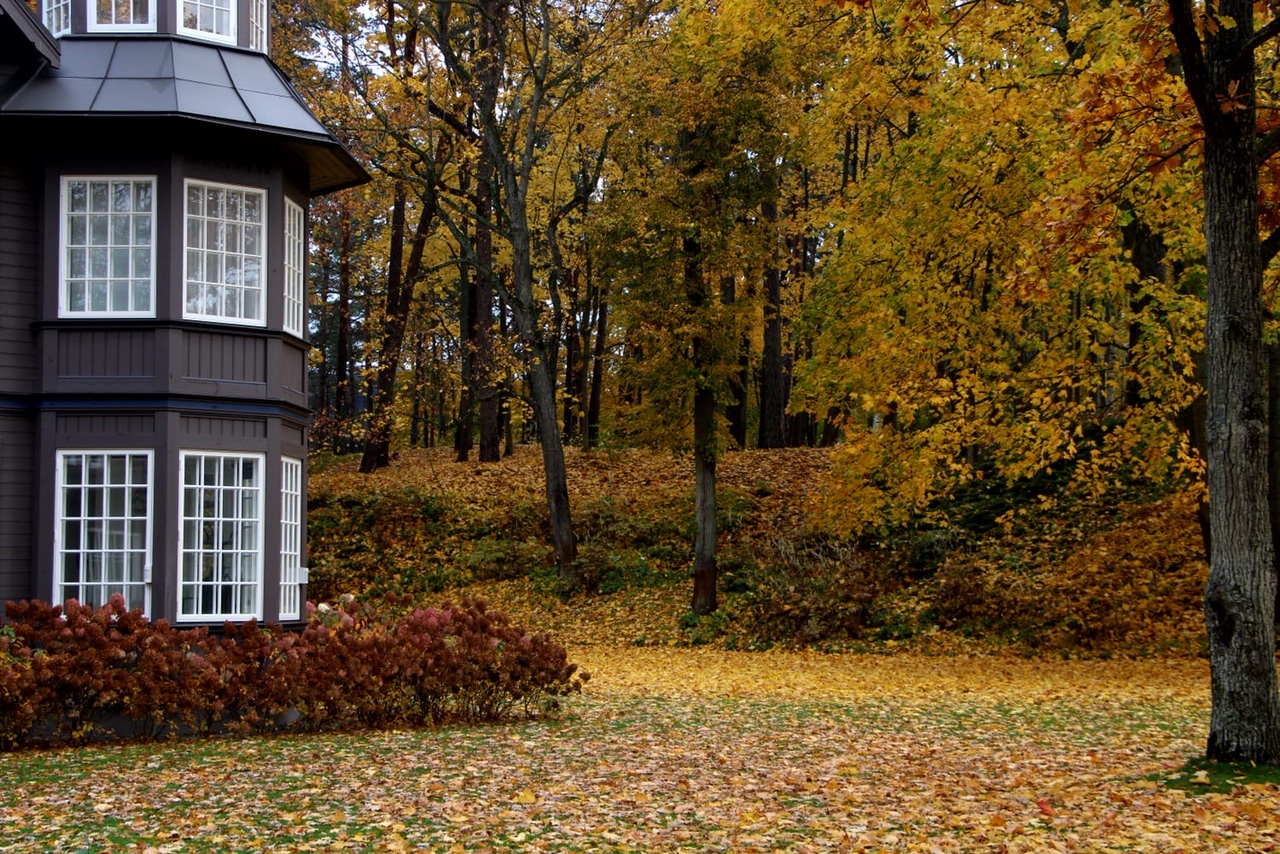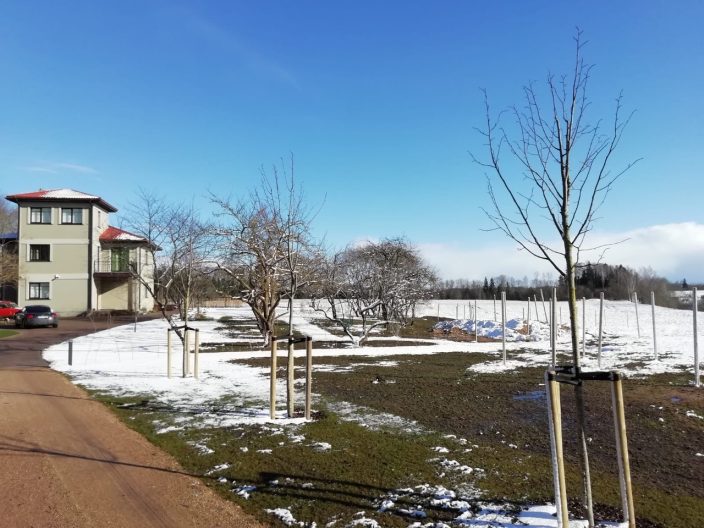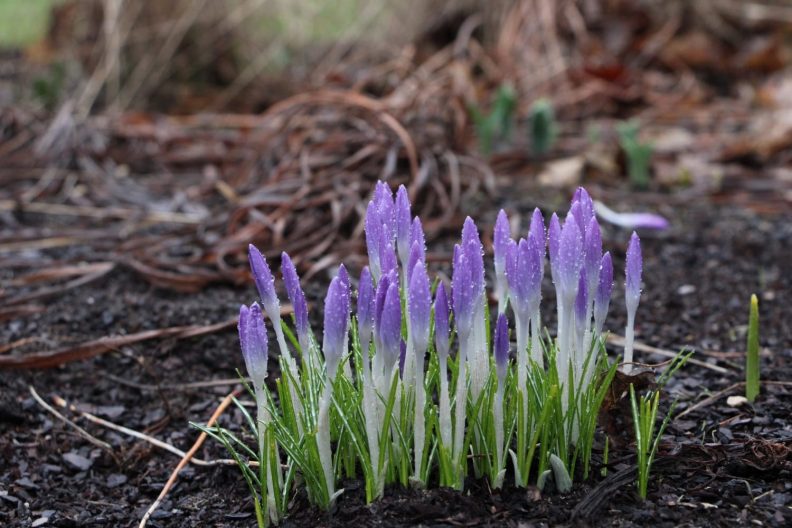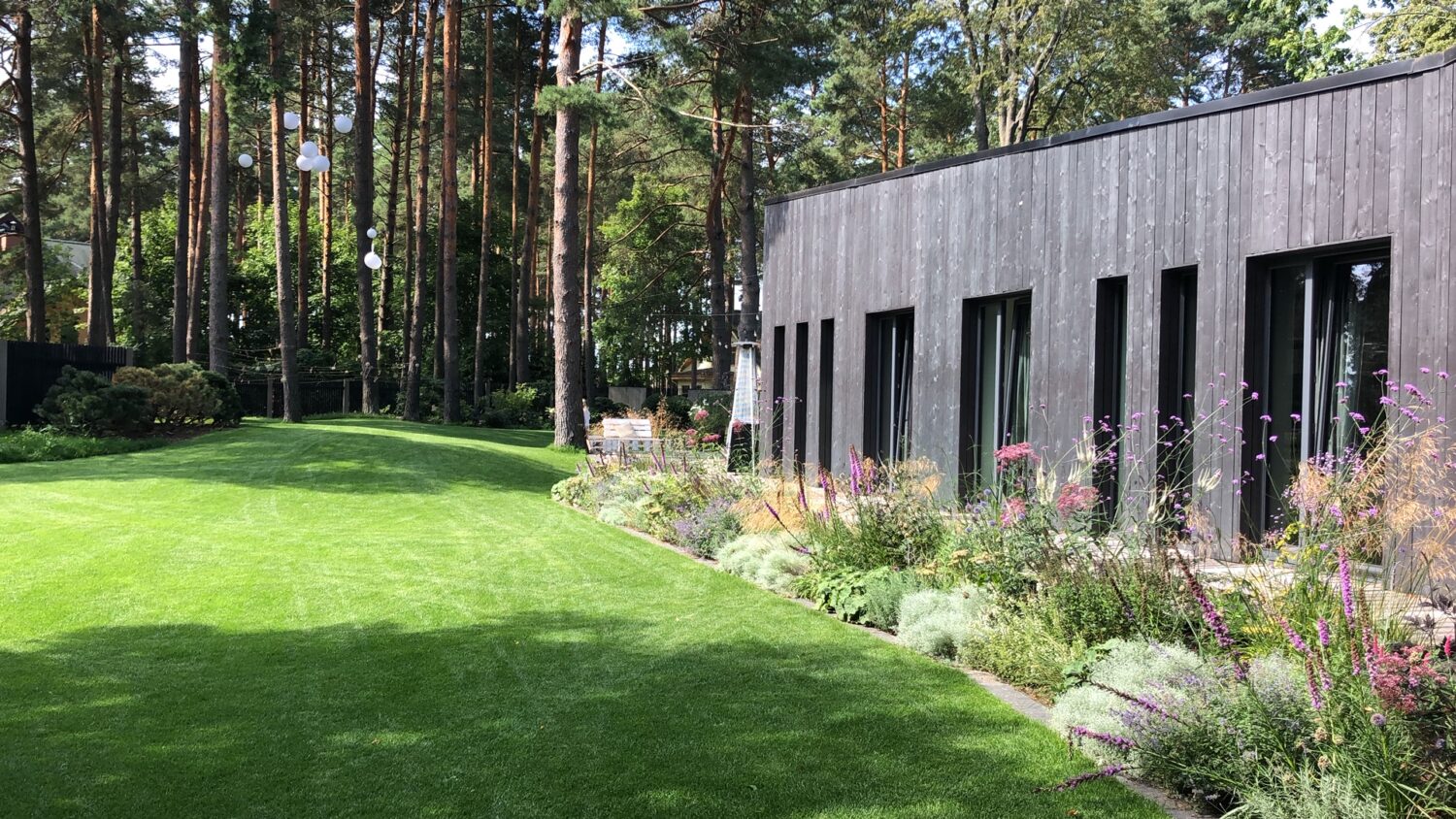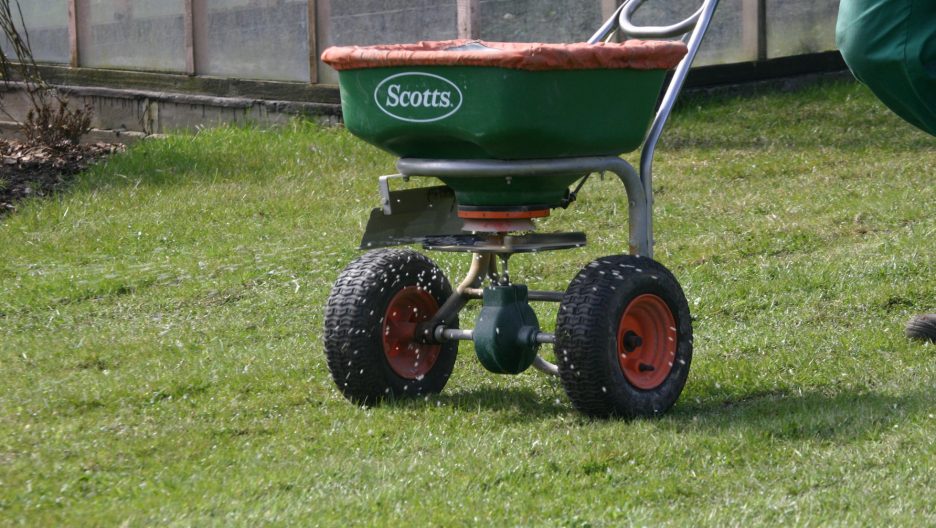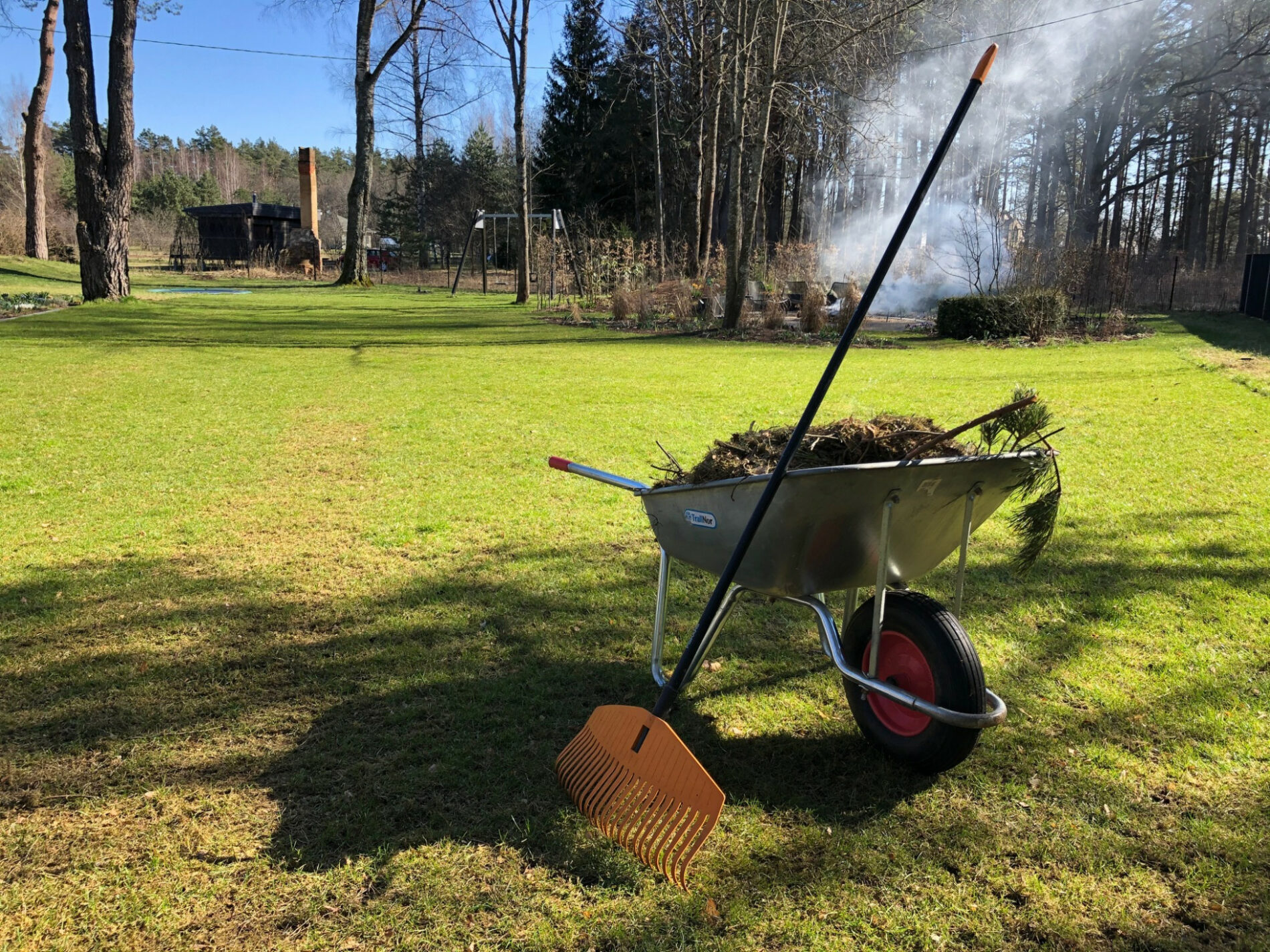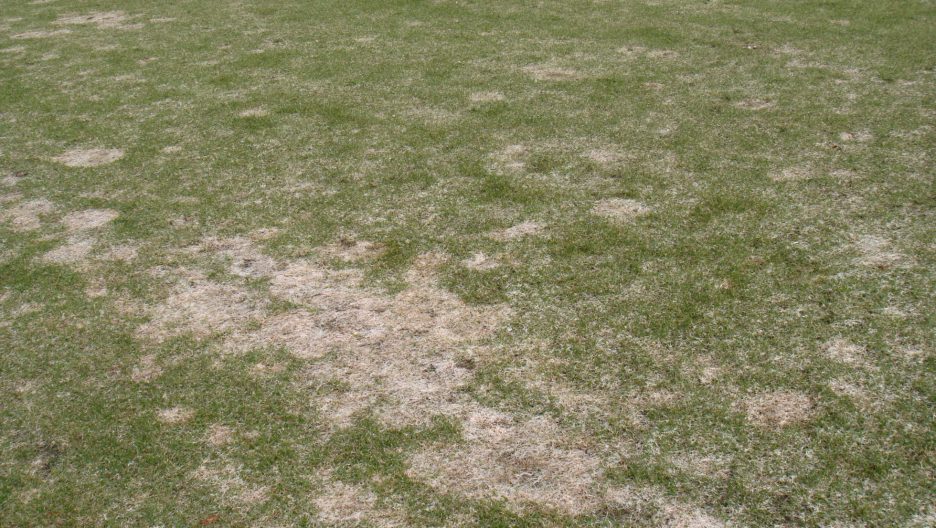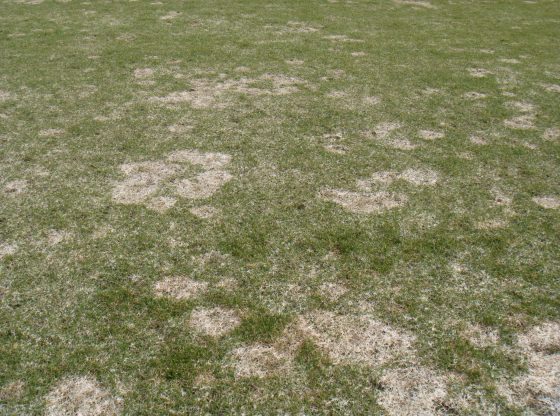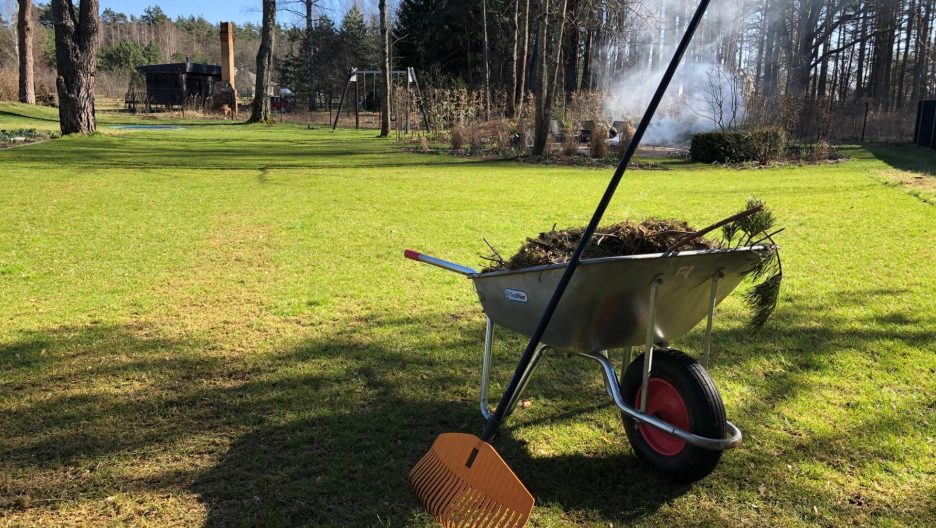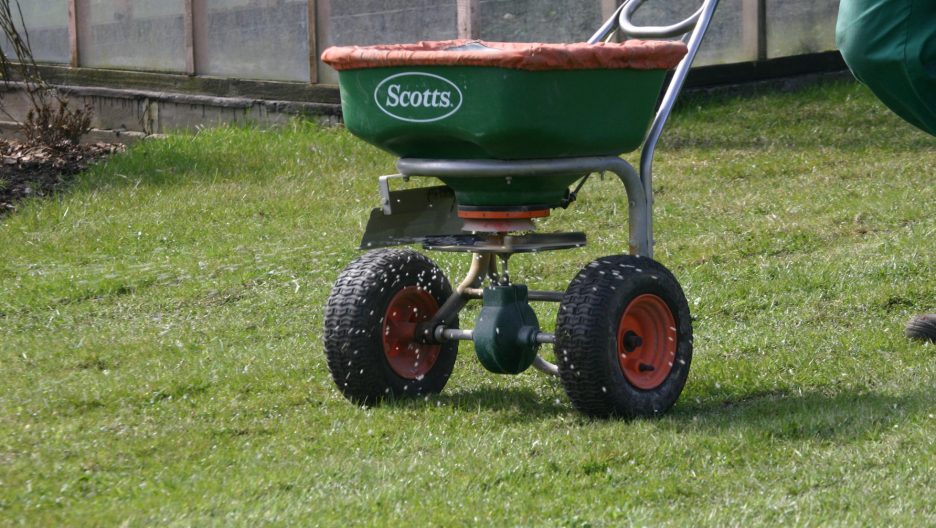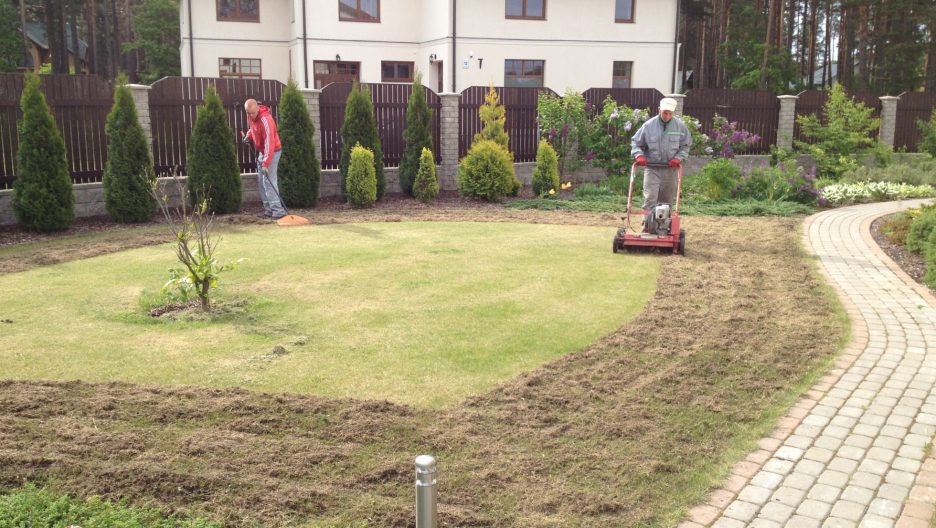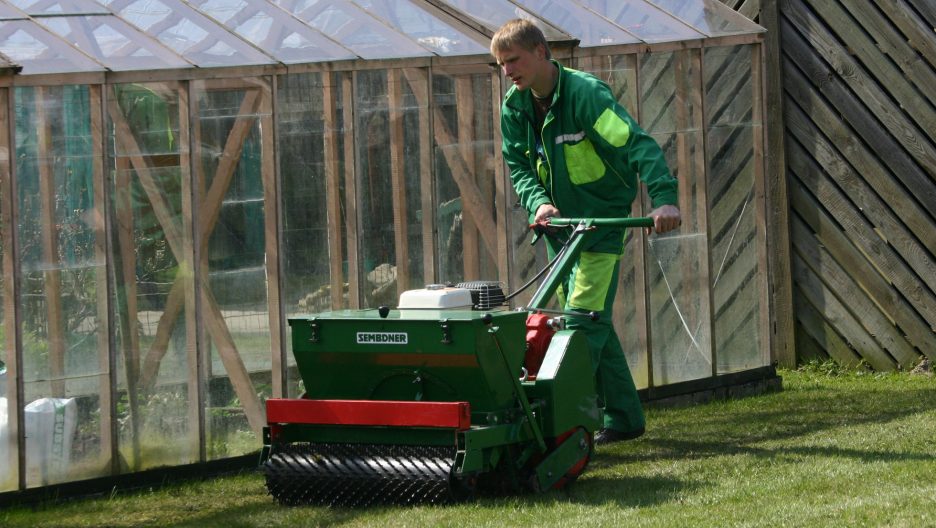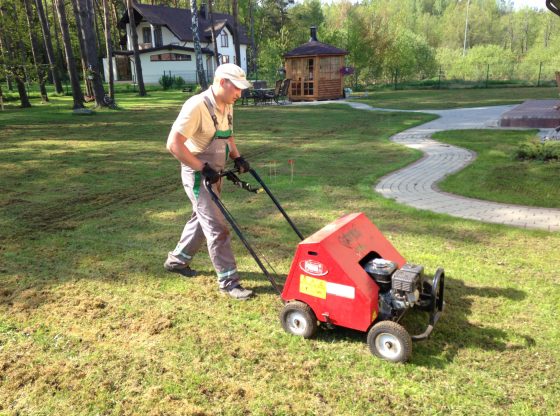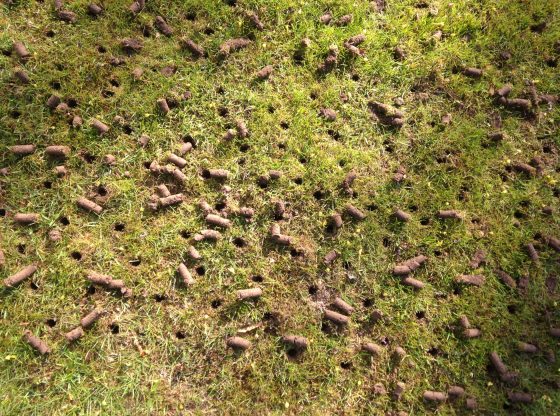Autumn is the time of year when nature prepares itself for the dormant season, which can be challenging season. Any kind of growth slows down until it halts completely, plants and fruit ripen.
Autumn Lawn care is not as busy as Spring or Summer, but nevertheless, all the Autumn Lawn care jobs are as important
Autumn and Lawns.
Overall performance of your lawn during the Autumn, depends on the maintenance of it during the growing season. The more care you had put in during the growing season, the more you will have to do in Autumn. It is important to correctly maintain your lawn during the Autumn, so it can make through the difficult winter months.
You will find that the grass continues to grow through the Autumn, but at a slower rate, of course. So, don’t park the lawnmower in the shed until the following Spring. It really is better for the health of the lawn if you keep cutting it while there are any signs of any kind of growth. With our climate getting milder by the year, some years the grass continues to grow even up till Christmas, so it is not unusual to be mowing the lawn late in the season. Use the short winters to service your Lawn equipment.
In autumn, it is important to mow the grass until it stops growing
From September onwards, watering or irrigation should be left to mother nature. Autumn irrigation entails a delicate balance and watering is an exception during the season. This is the time of year to store away irrigation system, as it might be damaged by the frost.
Applying fertiliser requires more attention in the Autumn. Use Autumn fertiliser, which is higher in Potassium and from the middle of September do not use fertiliser containing high levels of Nitrogen (sports pitches are an exception), as this will promote new soft growth and it will not have enough time to mature.
The lawn and Winter.
Winter can be a very challenging time of year for all the plants, including for a well-maintained lawn. Typical winter, with ground frost, fallowed by thick layer of snow, that covers the lawn until Spring is ideal. But, unfortunately, our climate has changed, bringing a wet and prolonged Autumn season, sporadic spells of warm and sunny weather, followed by snow. Is it necessary to maintain the lawn during the Winter? Not as much, but it certainly could do with a bit of pampering.
During a very wet Winter avoid walking on your lawn too much, as this can damage the surface of it. Root system is weakened during the Winter, so any stress will damage the lawn further.
Avoid walking on frozen grass. When the lawn is frosted, the grass blades are literally frozen. Any activity on the lawn, such as walking, can break the blades. The lawn will recover eventually, but it might not fully recover until the following Spring.
So, for the sake of your grass, avoid too much walking over your lawn during the Winter. Of course, it is ok to build a snowman or have a snowball fight, but avoid creating pathways on your lawn, especially in wet snow. Walking the same path over and over can cause so called ‘ice lid’. These areas are the last to melt, and grass is in a constant state of moisture and it lacks air. To help your lawn, try gently breaking up any icy patches.
When cleaning sidewalks and driveways avoid creating high snow walls, however, if this cannot be avoided, make sure loosen the snow once it starts to melt.
Avoid making pathways over your lawn. By doing so, you are creating two different environments in your lawn – some areas are covered by heavy snow, and others are covered with less snow or none. In Spring you might notice yellow strips in your lawn.
Avoid using your lawn during the early Spring. This time of year, the topsoil is melted, but subsoil is still frozen and by doing any kind of activity on your lawn you are creating mud. Once the soil is dry you can start spring lawn care jobs.
Winter is, always, followed by Spring. Spring is the New Year for your lawn, it is time to enjoy your green lawn

